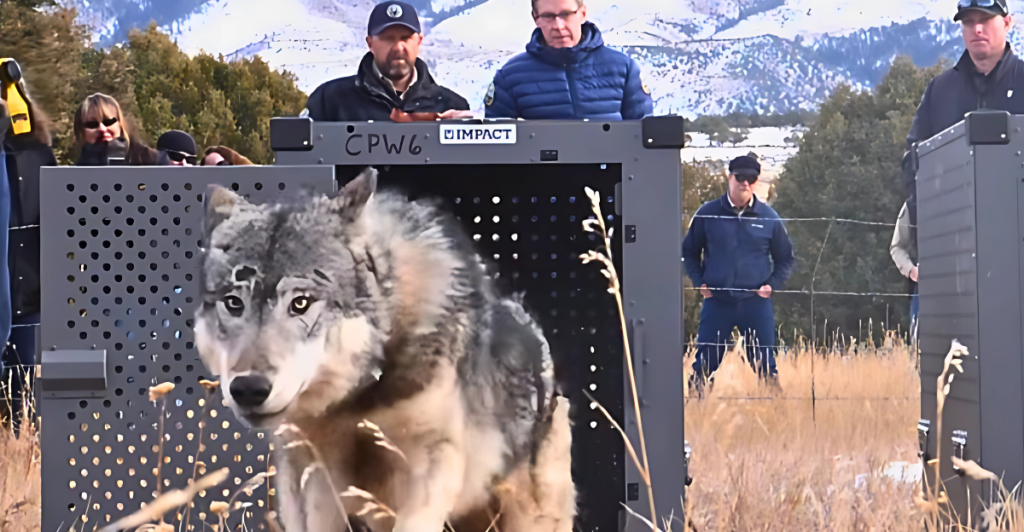
Imagine walking through the Colorado wilderness and hearing a wolf’s howl for the first time in nearly 80 years. Well, Colorado natives get ready because, thanks to a voter-approved plan, these legendary predators are returning to their old stomping grounds after being wiped out in the 1940s. It’s a comeback story decades in the making, here’s what you need to know.
What Happened to Colorado’s Wolves?
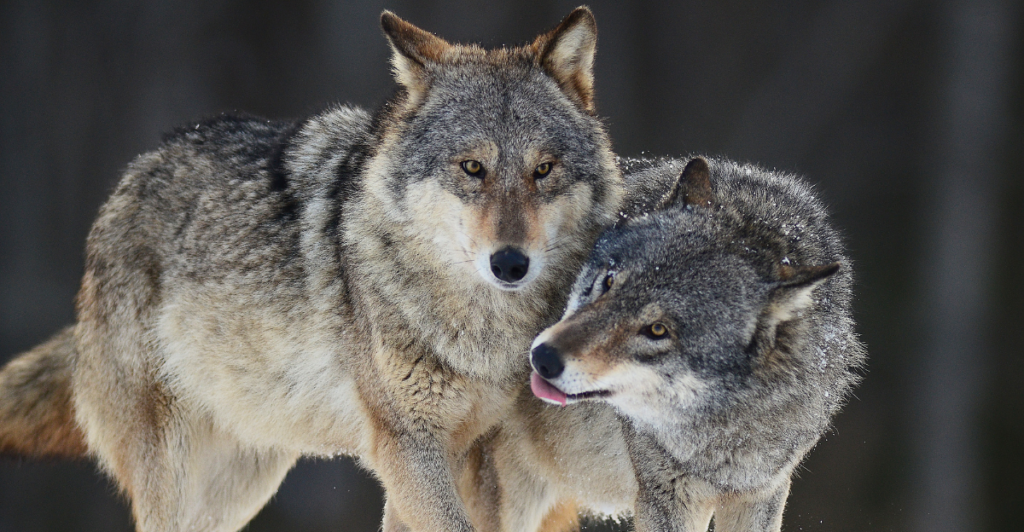
Back in the day, wolves roamed freely across Colorado, keeping deer and elk populations in check. But as humans moved in, things got messy. Farmers saw them as a threat to livestock, and aggressive hunting wiped them out completely by the 1940s. For nearly a century, Colorado’s ecosystem had to adjust without its top predator—but now, that’s changing.
The People Wanted Wolves Back
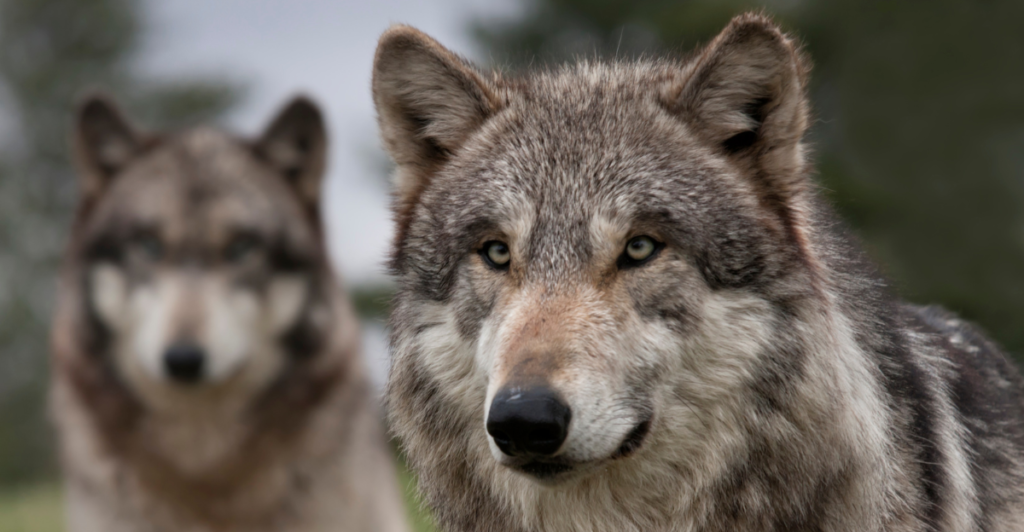
In 2020, Colorado voters made a bold decision: bring the wolves back! It was a close call—just 50.9% voted ‘yes’, but that was enough to kickstart one of the most ambitious wildlife reintroductions in U.S. history. The plan? Capture wolves from healthy populations, transport them to Colorado, and let them reclaim their rightful place in the wild, but it sure wasn’t as simple as it sounds.
The First Wolves Arrive
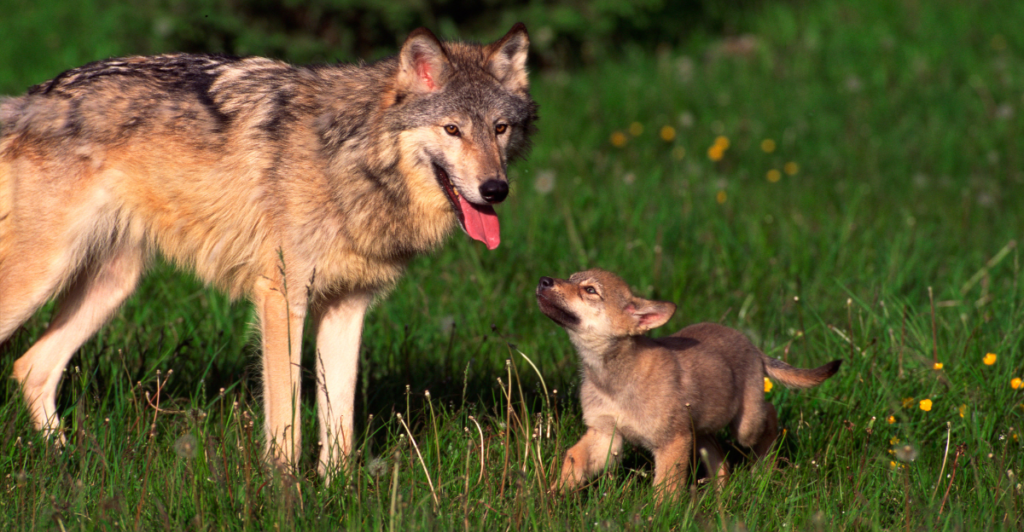
December 2023 marked a historic moment—the first 10 gray wolves were released into the wild. Imagine being one of those wolves, stepping out of a crate and into a brand-new world. They came from Oregon, where their population is thriving, and were carefully selected to kickstart Colorado’s new wolf pack. But this was just the beginning.
More Wolves, Bigger Pack
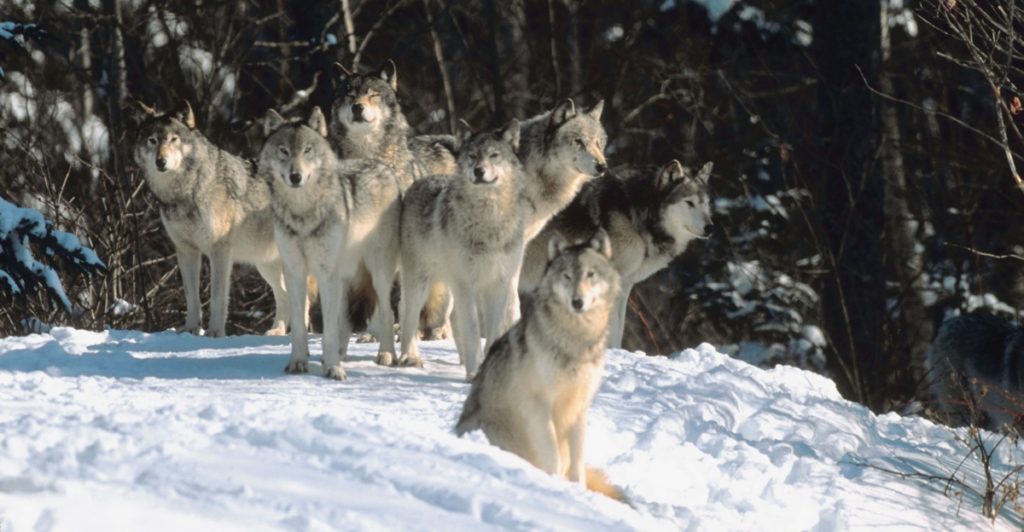
Fast forward to January 2025, and Colorado has 15 more wolves on the ground, this time from British Columbia. Officials released them in Eagle and Pitkin counties, giving the original pack some much-needed reinforcements. Over the next few years, the goal is to introduce between 30 and 50 wolves, helping them establish a healthy, self-sustaining population.
The Wild Journey from Canada to Colorado
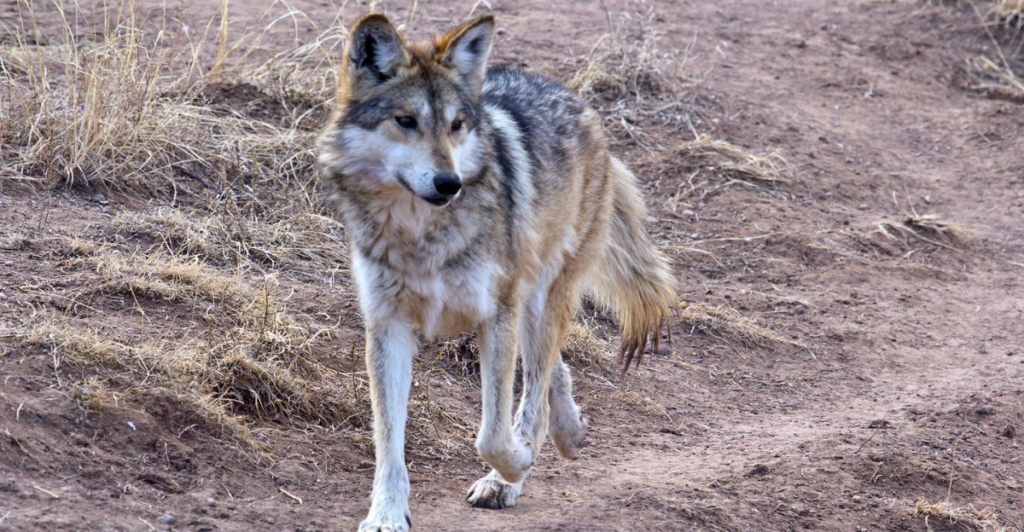
Getting these wolves to Colorado was no easy task. Wildlife teams in Canada used helicopters, tranquilizers, and old-school tracking skills to capture healthy wolves without harming them. Then, they flew them down to Colorado, monitored them closely, and finally released them into carefully chosen areas where they’d have the best chance of survival.
How Do You Teach a Wolf to ‘Stay’?
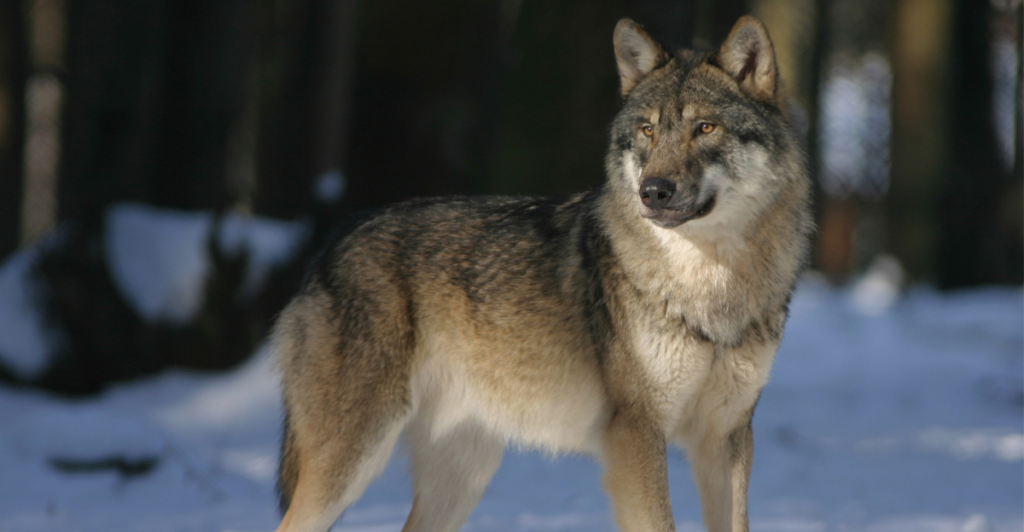
Here’s the tricky part, wolves don’t take orders. Once released, they’re free to roam wherever they want. But to keep track of them, each wolf is fitted with a GPS collar that sends real-time location updates to wildlife officials. This helps researchers monitor their movements, make sure they’re adapting well, and step in if any issues arise.
Not Everyone is Happy About This
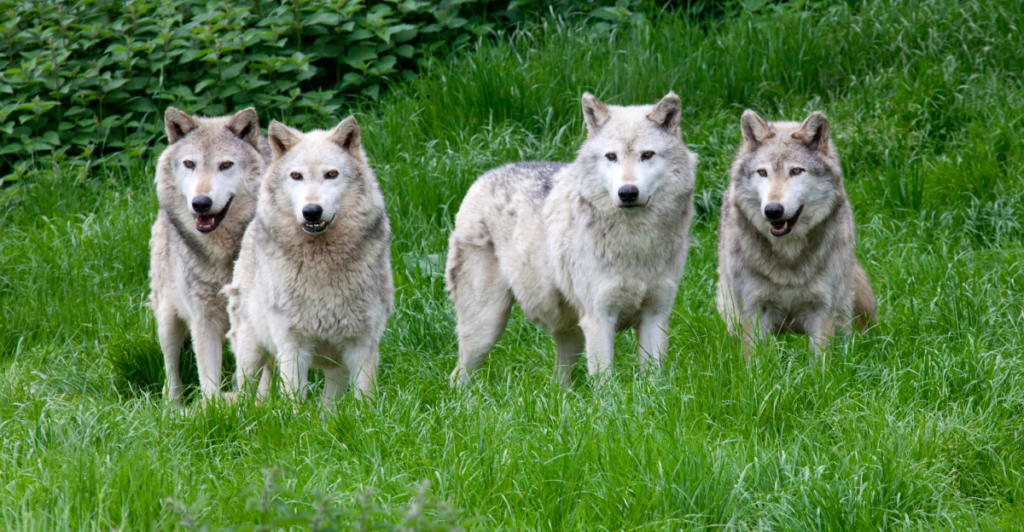
As exciting as this is for conservationists, ranchers are pretty worried—and honestly, can you blame them? Wolves don’t know the difference between a wild elk and a rancher’s cow, which means some livestock losses are expected. Colorado officials have set up compensation programs for ranchers who lose animals to wolves, but tensions are still running high.
The Balancing Act—Wolves vs. Ranchers
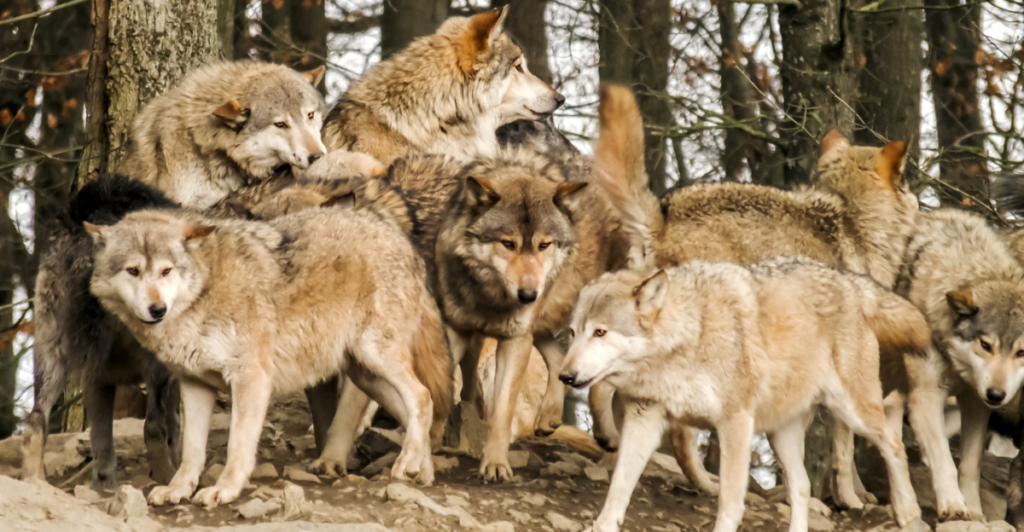
The big question is: can wolves and humans coexist peacefully? Colorado is trying to make it work by teaching ranchers new ways to protect their herds, like using guard dogs and non-lethal deterrents. At the same time, wildlife officials aren’t messing around—if a wolf repeatedly attacks livestock, they have the authority to remove it.
Why Wolves Matter to the Ecosystem
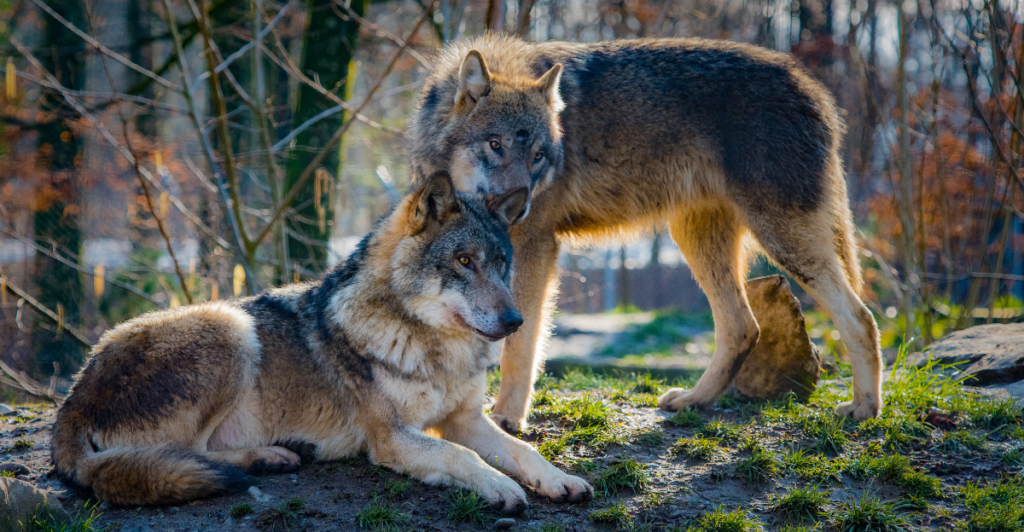
Here’s the thing—wolves aren’t just cool to have around, they’re essential for nature’s balance. They keep deer and elk populations in check, preventing overgrazing and allowing forests to regrow naturally. In Yellowstone, wolf reintroduction literally changed the course of rivers by controlling herbivores. Could Colorado see a similar transformation? Only time will tell.
The Five-Year Plan
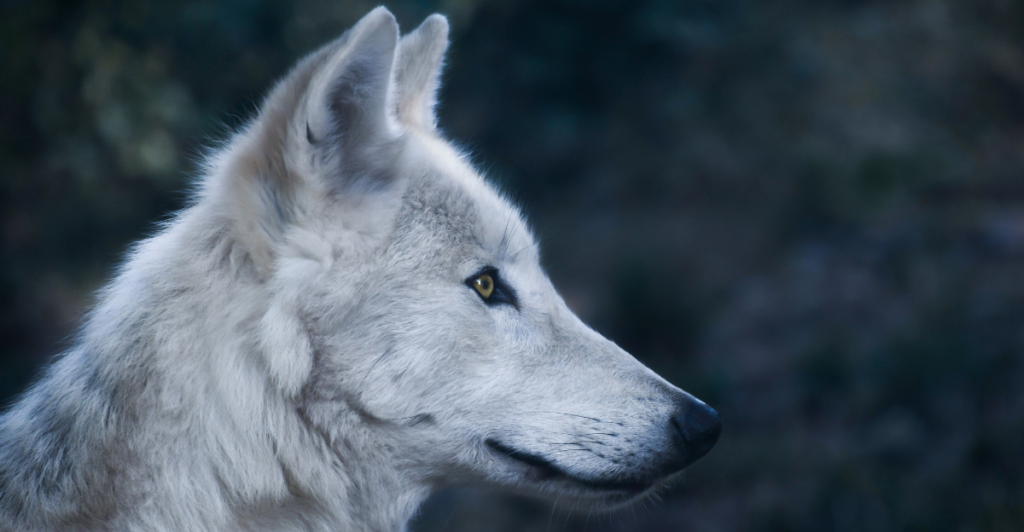
The wolf reintroduction isn’t just a one-time thing, it’s a five-year project. The goal is to release enough wolves to create a stable population without tipping the scales too far. Over time, officials will monitor how they’re adapting, how the ecosystem responds, and whether any tweaks need to be made. This isn’t just about wolves—it’s about restoring an entire ecosystem.
The Future of Wolves in Colorado
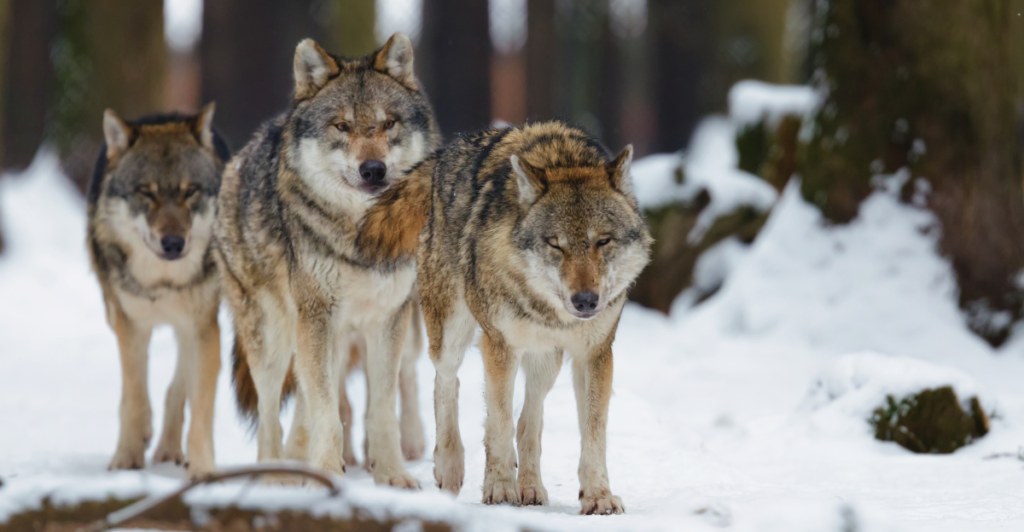
So, what happens next? If all goes well, Colorado could have a thriving wolf population within the next decade. If things go sideways, meaning wolves struggle to adapt, or conflicts with humans get out of control, officials may have to adjust the plan. One thing’s for sure: this may be one of the most important wildlife experiments of our time.
The Howl Heard Around the World
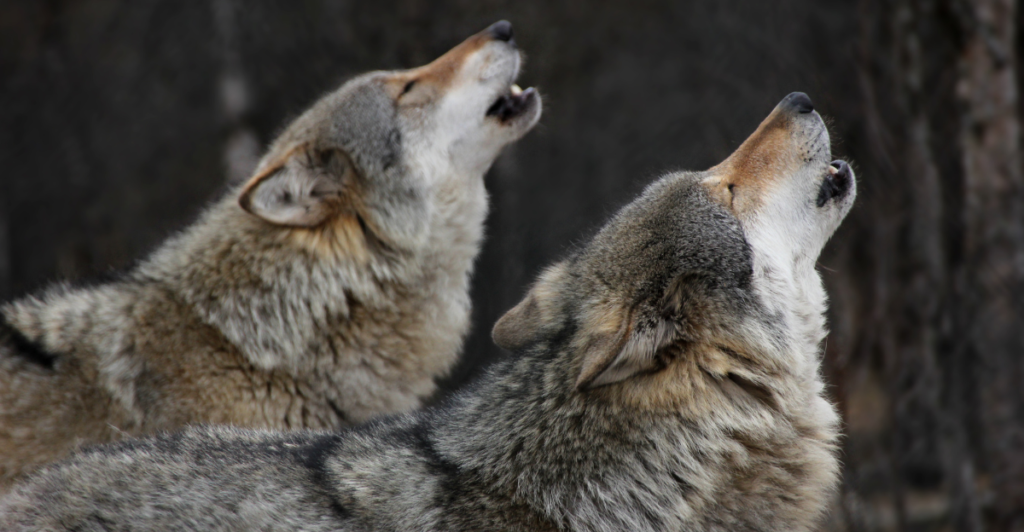
After 80 long years, wolves are once again howling in Colorado’s mountains. Whether you’re cheering them on or keeping an eye on your cattle, one thing’s certain: this is history in the making. Love them or fear them, wolves are back, and this time, they’re here to stay. The question is, can we all learn to live with them?
Discover more of our trending stories and follow us to keep them appearing in your feed

Yellowstone’s Reintroduced Wolves Set Off A Chain Reaction—And Even Changed Its Rivers
10 Dog Breeds That Shouldn’t Be Pets
Philanthropist Promises To Cover $771.23M Annually After US Exit From Climate Accords
California Is Breaking Apart: A Fault Line Is Forming Faster Than Anyone Predicted
References:
Reference 1
Reference 2
Reference 3
This article first appeared here
Stay connected with us for more stories like this! Follow us to get the latest updates or hit the Follow button at the top of this article, and let us know what you think by leaving your feedback below. We’d love to hear from you!







